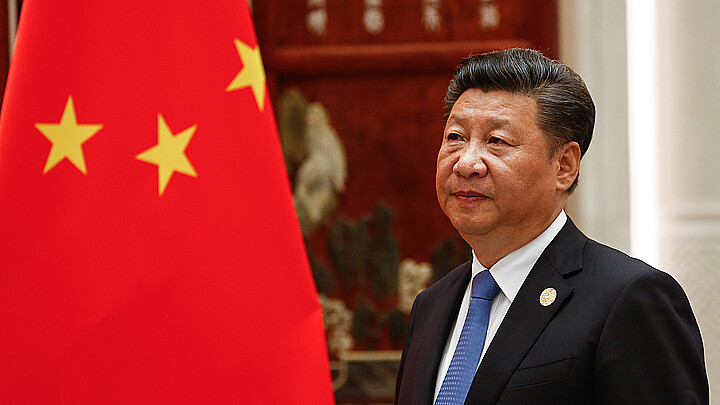Business
Argentina, Ecuador and Venezuela among debtors of China's $240 billion Belt and Road Initiative
The study by researchers from the World Bank, Harvard Kennedy School, Aid Data, and the Kiel Institute found that Chinese loans to countries in distress increased from less than 5% in 2010 to 60% in 2022

March 28, 2023 8:53am
Updated: March 28, 2023 11:31am
China has spent more than $240 billion investing in developing countries in its Belt and Road Initiative between 2000 and 2021, according to a new study published on Tuesday.
China has emerged as an influential “lender of last result” for several distressed countries under its Belt and Road Initiative—the world’s largest transnational infrastructure program seeking to connect Asia with the rest of the world via land and maritime networks.
The study by researchers from the World Bank, Harvard Kennedy School, Aid Data, and the Kiel Institute found that Chinese loans to countries in distress increased from less than 5% in 2010 to 60% in 2022.
Between 2000 and 2021, China has undertaken 128 bailout operations in 20 different countries. Around 80% of the rescue lending between 2016 and 2021 was given to middle-income countries. Argentina has received the most, with $111.8 billion, followed by Pakistan with $48.5 billion, and Egypt with $15.6 billion.
“The global financial architecture is becoming less coherent, less institutionalized, and less transparent,” said Brad Parks, one of the authors of the report and executive director of AidData at the College of William and Mary. “Beijing has created a new global system for cross-border rescue lending, but it has done so in an opaque and uncoordinated way.”
“The global financial architecture is becoming less coherent, less institutionalized, and less transparent,” said Brad Parks, executive director of AidData at the College of William and Mary in the U.S. “Beijing has created a new global system for cross-border rescue lending, but it has done so in an opaque and uncoordinated way.”
Critics, however, are blaming China for prolonging certain crises and not coordinating with the International Monetary Fund (IMF) and other creditors to reach debt restructuring programs.
Several of the countries that have received rescue loans from China are also recipients of IMF support, including Argentina, Belarus, Ecuador, Egypt, Laos, Mongolia, Pakistan, Ukraine, Venezuela, Sri Lanka, and Turkey.
The main difference between IMF bailouts and the Chinese ones is the price tags that come with them. While the IMF typically asks for a two percent interest rate, China asks requests a five percent interest rate on its rescue loans.







